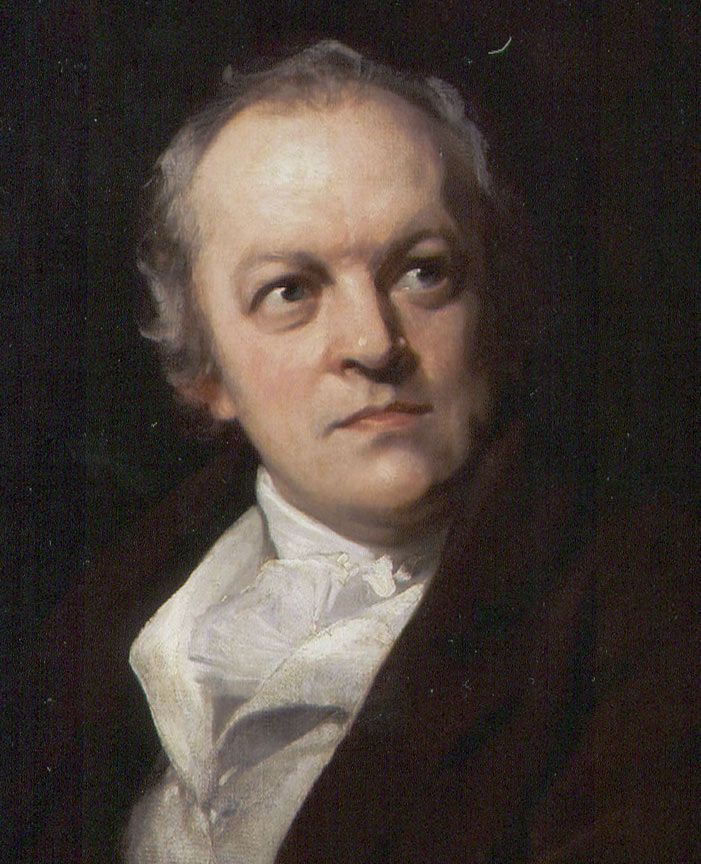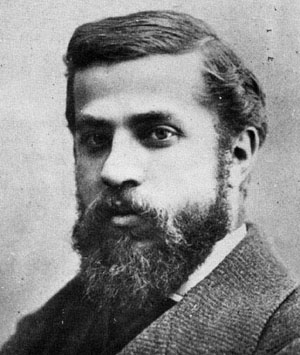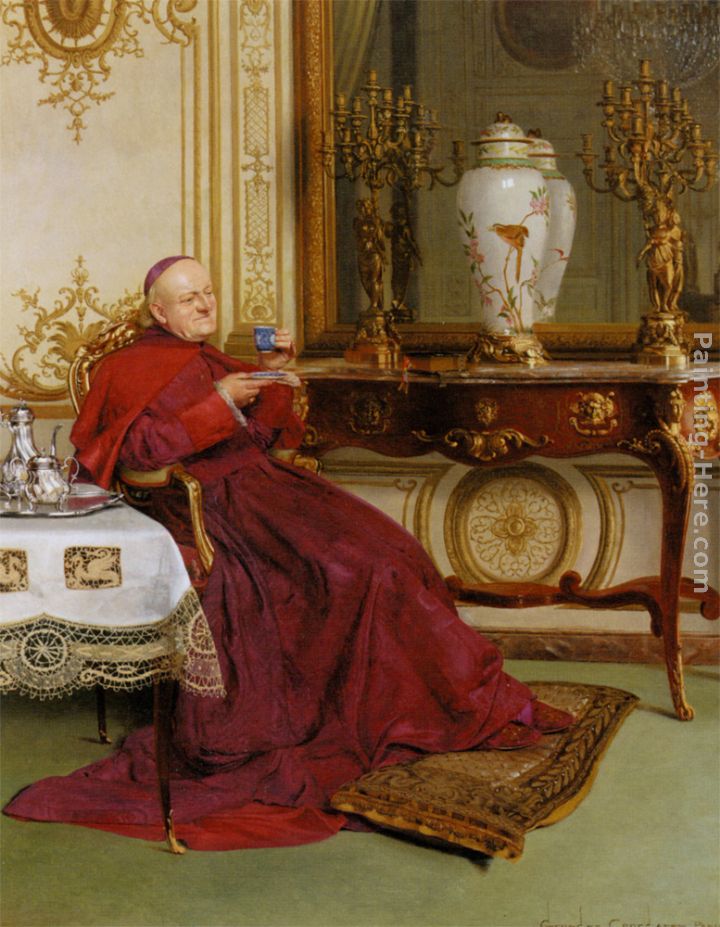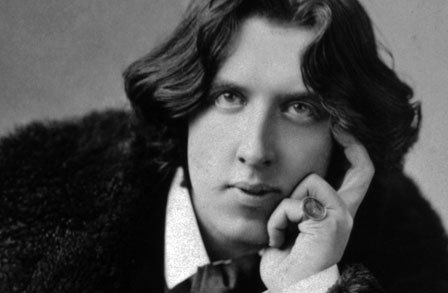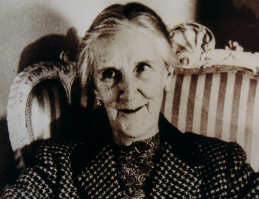Considered insane and largely disregarded by his peers, the visionary poet and engraver William Blake is now recognised among the greatest contributors to English literature and art.
William Blake
(b. Nov. 28, 1757, London–d. Aug. 12, 1827, London) was the first of the great English Romantic poets, as well as a painter and printer and one of the greatest engravers in English history. Largely self-taught, he began writing poetry when he was twelve and was apprenticed to a London engraver at the age of fourteen. His poetry and visual art are inextricably linked. To fully appreciate one you must see it in context with the other.
A rebel all of his life, Blake was once arrested on a trumped up charge of sedition. Of course, he was a complete sympathizer with the forces of revolution, both in America and France. He was a personal friend of Thomas Paine and made the American War of Independence and French Revolution parts of his grand mythology in his America: A Prophecy and Europe: A Prophecy.
Blake is frequently referred to as a mystic, but this is not really accurate. He deliberately wrote in the style of the Hebrew prophets and apocalyptic writers. He envisioned his works as expressions of prophecy, following in the footsteps (or, more precisely strapping on the sandals) of Elijah and Milton. In fact, he clearly believed himself to be the living embodiment of the spirit of Milton.
Most of Blake’s paintings (such as “The Ancient of Days” above, the frontispiece to Europe: a Prophecy) are actually prints made from copper plates, which he etched in a method he claimed was revealed to him in a dream. He and his wife colored these prints with water colors. Thus each print is itself a unique work of art.
As an artist Blake broke the ground that would later be cultivated by the Pre-Raphaelites. His work is for the most part done on a very small scale. His illuminated works and engravings are all only inches in size, yet they are meticulous in detail. And each of them is, in a sense, merely a part of a titanic whole.
He was born in Soho, London, where he lived most of his life, and was son to a hosier and his wife, both Dissenters. Blake’s early ambitions lay not with poetry but with painting and at the age of 14, after attending drawing school, he was apprenticed to James Basire, engraver. After his seven-year term was complete, Blake studied at the Royal Academy, but he is known to have questioned the aesthetic doctrines of its president, Sir Joshua Reynolds, and his stay there was brief. It nonetheless afforded him friendships with John Flaxman and Henry Fuseli, academics whose work may have influenced him.
In 1784, he set up a print shop, but within a few years the business floundered and for the rest of his life Blake eked out a living as an engraver and illustrator. His wife, Catharine, whom he married in 1782, remained faithful and diligent and she helped him to print the illuminated poetry for which he is remembered today.
In 1789, he published his Songs of Innocence, the gentlest of his lyrics, but the collection was followed by Songs of Experience, containing a profound expression of adult corruption and repression. His long list of works shows relentless energy and drive. As one of the most complex writers known, it is impossible to summarise his career – he was a combination of extremes. His vision of civilisation as inevitably chaotic and contradictory mirrors the political turmoil of his era. It is only in retrospect that we can begin to appreciate his work and unravel its complex and allusive sources.
Chronology
- 1757 Born in London (28 November) to James Blake, a hosier, and his wife Catherine Wright Armitage Blake.
- 1767 Enrolled in Henry Pars’s drawing school.
- 1772 Apprenticed to James Basire, 31 Great Queen Street, engraver to the Society of Antiquaries and the Royal Society.
- 1779 Apprenticeship ends.
- Becomes journeyman copy engraver.
- Admitted as student to Royal Academy of Art’s Schools of Design.
- 1780 Gordon Riots in London (June), in which Blake may have participated.
- Arrested on suspicion of spying during sketching trip on the River Medway.
- 1782 Marries Catherine Boucher (18 August).
- 1783 Publishes Poetical Sketches.
- 1784 Sets up printing and publishing partnership with James Parker at 27 Broad Street.
- Begins writing An Island in the Moon (c. 1784-85).
- 1787 Younger brother Robert dies (February).
- c. 1788 Invents relief etching.
- Publishes All Religions are One and There is No Natural Religion, first illuminated books.
- 1789 Publishes Songs of Innocence and begins The Book of Thel (1789-90).
- Writes Tiriel (c. 1789).
- Attends organizational meeting of the New Jerusalem (Swedenborgian) Church (April).
- 1790 Publishes The Marriage of Heaven and Hell.
- 1791 Writes at least one part of several proposed parts of The French Revolution.
- Composes and engraves six original designs for Mary Wollstonecraft’s Original Stories from Real Life.
- 1793 Publishes Visions of the Daughters of Albion, America a Prophecy, and For Children: The Gates of Paradise.
- Engraves Albion rose.
- 1794 Publishes Europe: a Prophecy, Songs of Experience, and The [First] Book of Urizen.
- 1795 Publishes The Book of Ahania, The Book of Los, and The Song of Los.
- Produces 12 large color-printed drawings.
- Works on 537 water color illustrations to Edward Young’s Night Thoughts.
- c. 1796 Begins writing Vala, or The Four Zoas.
- 1797 Begins set of 116 water color illustrations to the poems of Thomas Gray for John Flaxman.
- Young’s Night Thoughts published with 43 plates engraved by Blake after his own designs.
- 1800 Moves to Felpham, Sussex, to work for patron William Hayley.
- 1801 Produces eight water color illustrations of Milton’s Comus for the Rev. Joseph Thomas,
- the first of several series of Milton illustrations that will later include the Nativity Ode, L’Allegro, Il Penseroso, Paradise Lost, and Paradise Regained.
- 1803 Indicted on charges of sedition (October) as a result of a quarrel with a soldier, John Scolfield, whom he had evicted from his garden (August).
- Returns to London.
- 1804 Acquitted of sedition charges (January).
- Begins work on Milton a Poem and Jerusalem The Emanation of the Giant Albion.
- 1805 Begins illustrations for Blair’s The Grave, to be published by Robert Cromek.
- Produces 19 water color illustrations of the Book of Job for Thomas Butts (c. 1805-6).
- 1809 Exhibits 16 paintings at 28 Broad Street, accompanied by a Descriptive Catalogue defending his theory and practice.
- 1818 Meets John Linnell.
- Begins sketching “Visionary Heads” for John Varley.
- c. 1820 Publishes For the Sexes: The Gates of Paradise.
- 1821 Virgil’s Pastorals, edited by Robert John Thornton, published with wood engravings by Blake.
- 1822 Publishes The Ghost of Abel and On Homers Poetry [and] On Virgil (c. 1822).
- 1824 Begins illustrations to Dante’s Divine Comedy and Bunyan’s Pilgrim’s Progress.
- 1826 Publishes 21 engraved Illustrations of the Book of Job.
- Produces Laocoön (c. 1826).
- Begins Genesis Manuscript.
- 1827 Dies 12 August in his rooms at 3 Fountain Court.
Illuminated books
- c.1788: All Religions are One
- There is No Natural Religion
- 1789: Songs of Innocence
- The Book of Thel
- 1790–1793: The Marriage of Heaven and Hell
- 1793–1795: Continental prophecies
- 1793: Visions of the Daughters of Albion
- America a Prophecy
- 1794: Europe a Prophecy
- The First Book of Urizen
- Songs of Experience
- 1795: The Book of Los
- The Song of Los
- The Book of Ahania
- c.1804–c.1811: Milton a Poem
- 1804–1820: Jerusalem The Emanation of the Giant Albion
Non-illuminated
- 1783: Poetical Sketches
- 1784-5: An Island in the Moon
- 1789: Tiriel
- 1791: The French Revolution
- 1792: A Song of Liberty
- 1797: The Four Zoas
Illustrated by Blake
- 1791: Mary Wollstonecraft, Original Stories from Real Life
- 1796: Gottfried August Bürger, Leonora (not engraved by him)[105]
- 1797: Edward Young, Night Thoughts
- 1805–1808: Robert Blair, The Grave
- 1808: John Milton, Paradise Lost
- 1819–1820: John Varley, Visionary Heads
- 1821: Robert John Thornton, Virgil
- 1823–1826: The Book of Job
- 1824–1827: John Bunyan, The Pilgrim’s Progress (Not finished)
- 1825–1827: Dante, The Divine Comedy (Blake died in 1827 with work on these illustrations still unfinished. Of the 102 watercolours, 7 had been selected for engraving)

